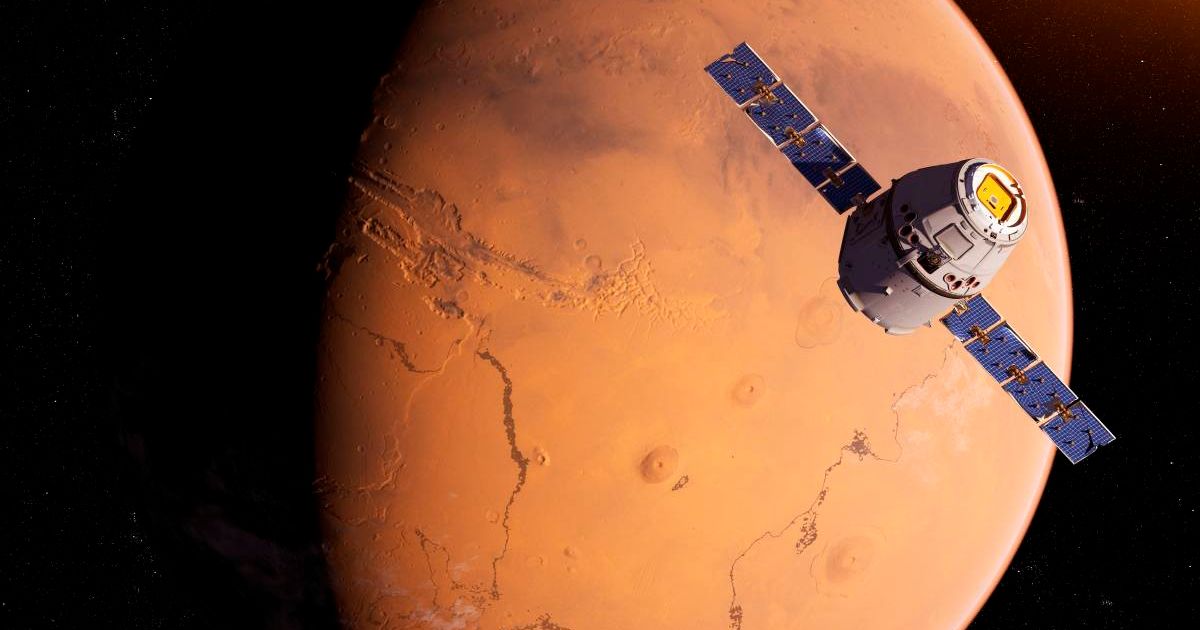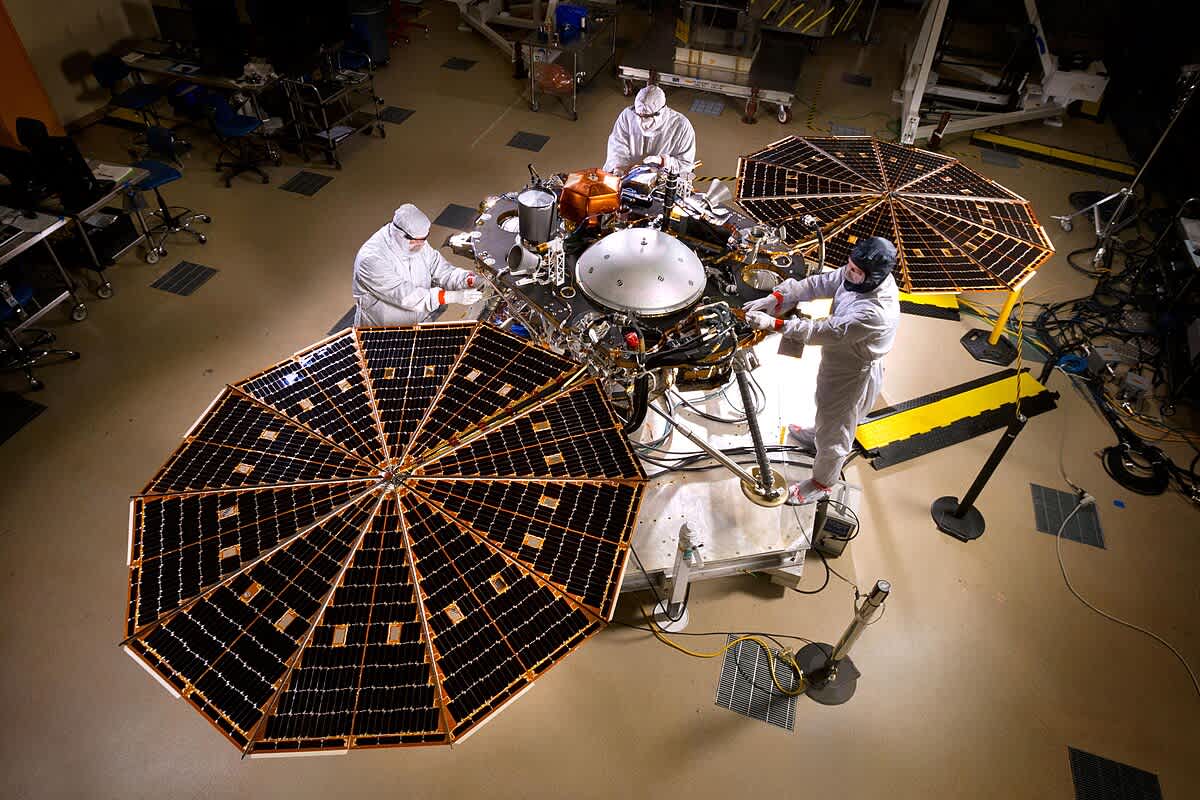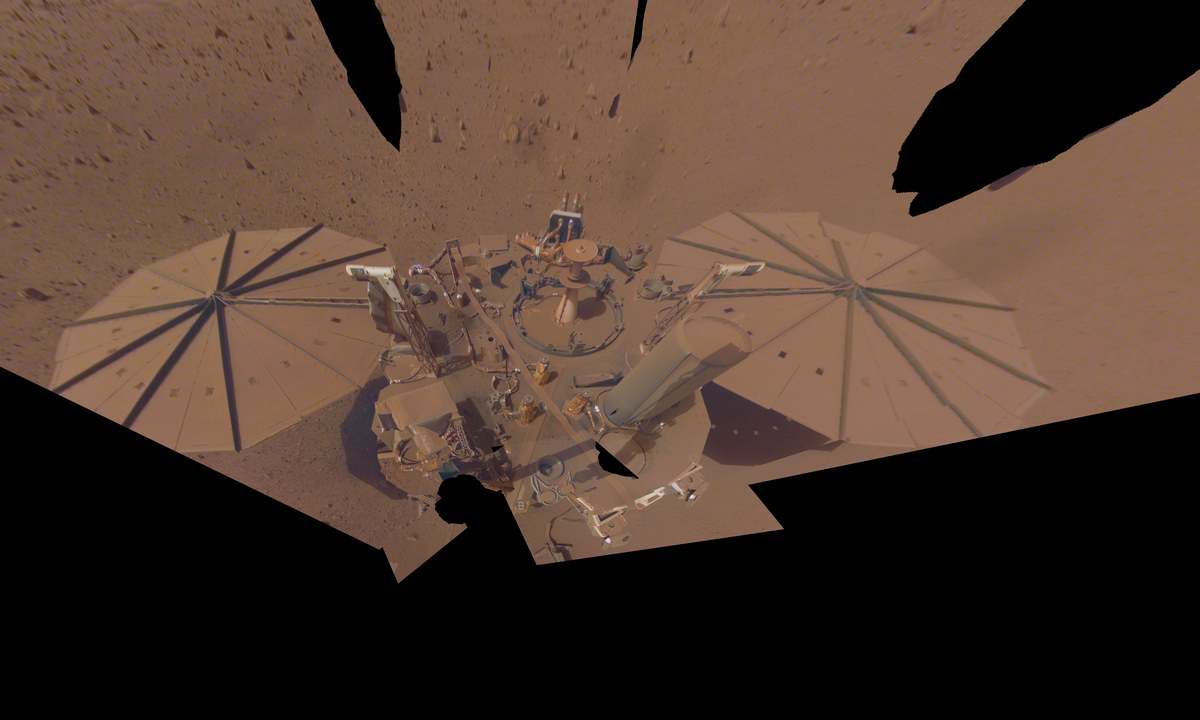New details from InSight Lander about Mars' core changes what scientists knew about the inside of Red Planet

NASA scientists have uncovered an unexpected presence inside Mars, a solid mass around 373 miles in size. This finding has been explained in detail within the journal Nature. The data on which these findings have been asserted came from InSight, NASA's Mars lander. These findings challenge past claims, which stated that Mars' core is squishy. Researchers are still unsure how the solid structure could be possible, and would require experts to either update their models or create new models to understand the issue. However, one thing is clear: as exploration of the Red Planet continues, more details will arrive for astronomers.

Challenging Past Claims
The findings are a consequence of seismic insights gathered by InSight, according to Science Alert. Past studies had indicated that the Martian core contained a significant quantity of light elements. It is known that lighter elements bring a subject's solidus temperature down, implying the point where an object starts to solidify from its liquid state. Low solidus temperature means that anything in the Martian core cannot crystallize, as the temperature there is constantly extremely high.
The lander could reject this assertion due to the seismometer attached to it. The equipment gave a unique opportunity to analyze the insides of Mars like never before. It recorded waves facilitated by quakes and meteorite strikes. Experts focused on how these waves reacted with different matter densities. The data helped astronomers in creating the first detailed internal map of Mars.

Insights from Seismic Data
InSight gathered data on the Red Planet from 2018 to 2022, according to NASA. Throughout the tenure, 1,319 marsquakes were recorded by the lander. The waves from these quakes allowed experts to figure out the depth, composition, as well as size of the planet's crust, mantle, and core. "We knew Mars was a time capsule bearing records of its early formation, but we didn't anticipate just how clearly we’d be able to see with InSight," said Tom Pike of Imperial College London.
For this study, researchers focused particularly on 23 relatively weak marsquakes, according to PBS. Epicenters of these quakes were between 740 miles and 1,465 miles away from the lander. The data revealed that Mars' inner core is indeed solid and surrounded by molten metal, which makes up the outer core. The inner core's radius has been determined to be 373 miles and is supposedly composed of iron and nickel, much like Earth's core. However, they are not rejecting the possibility of lighter elements, like oxygen, in it. The outer core is found to be variable in size, ranging from 380 miles to 1,100 miles at the planet's center.
How is this Possible?
Researchers claim that, unlike popular claims, Mars' inner core has undergone crystallization and may still be doing so. They asserted that initially the core was liquid, but believe a process triggered it to achieve solidus temperature, even in Mars' hot environment. Solid traces could be part of the liquid outer core, and possibly a 'mushy' zone exists between the inner and outer core. To conclude this, they want to conduct more investigations. Results also showcased some similarity to Earth's core.
"Our results suggest that Mars has a solid inner core making up about one-fifth of the planet's radius — roughly the same proportion as Earth's inner core. However, this similarity may be just coincidental," Daoyuan Sun of the University of Science and Technology of China shared. University of Maryland's Nicholas Schmerr, not involved in the study, claims that the work has not stopped, and that new models will be needed to understand how this inner core formed. He believes that the results do give a reason for the magnetic field not existing at Mars, due to slow crystallization. Since InSight is now out of function, researchers need to find other resources to understand the mystery of Mars' inner structure.